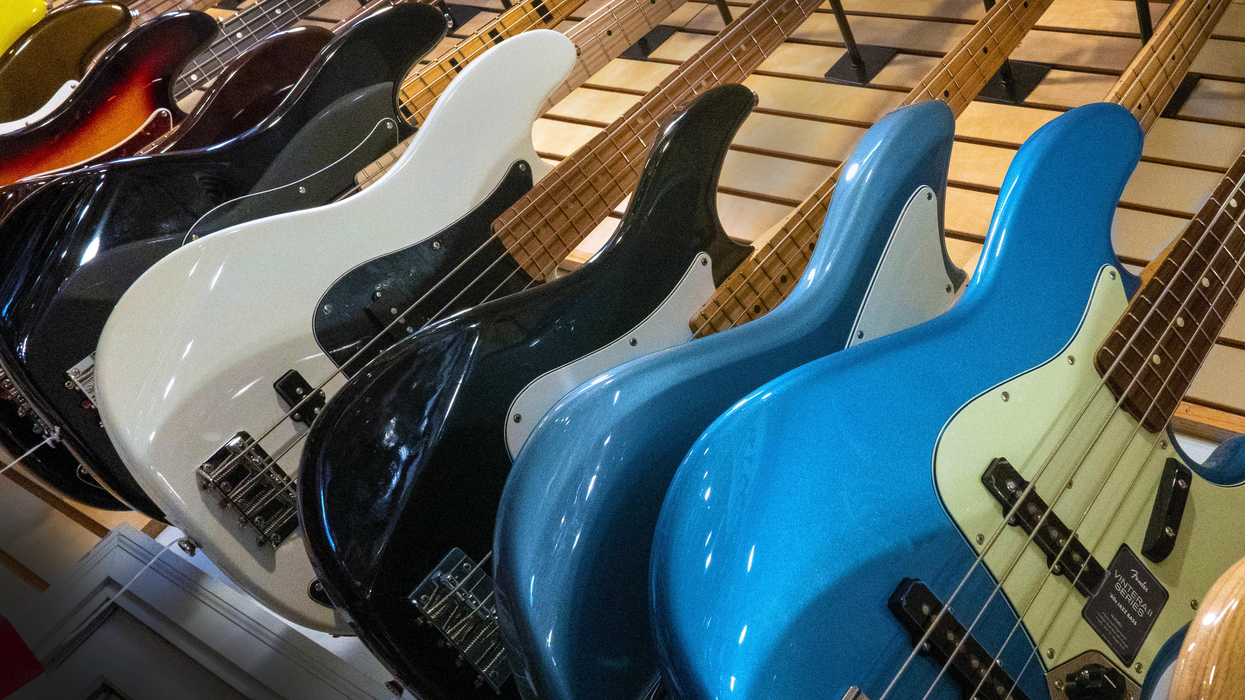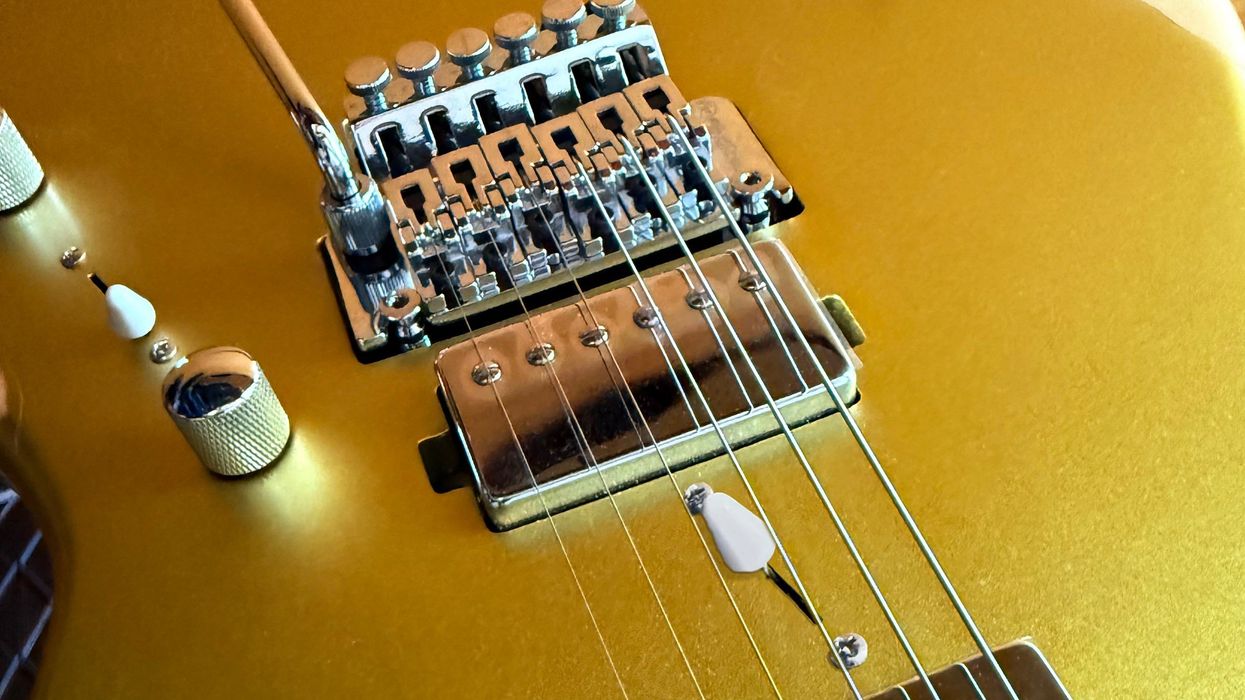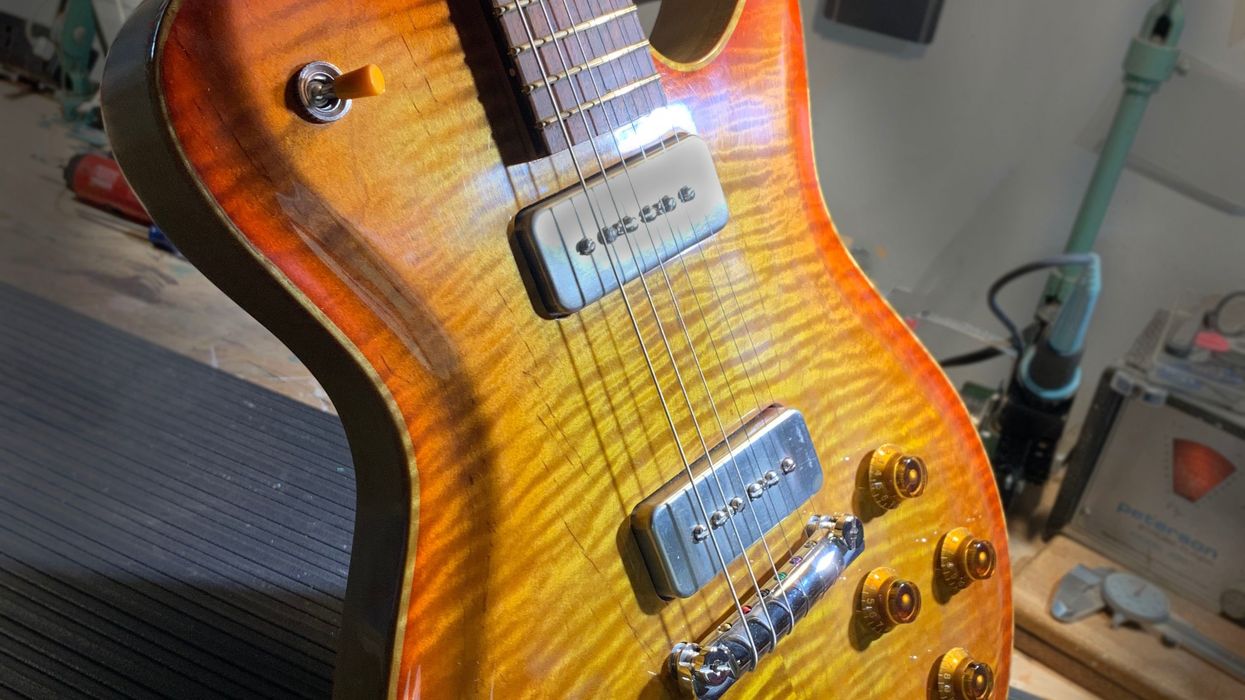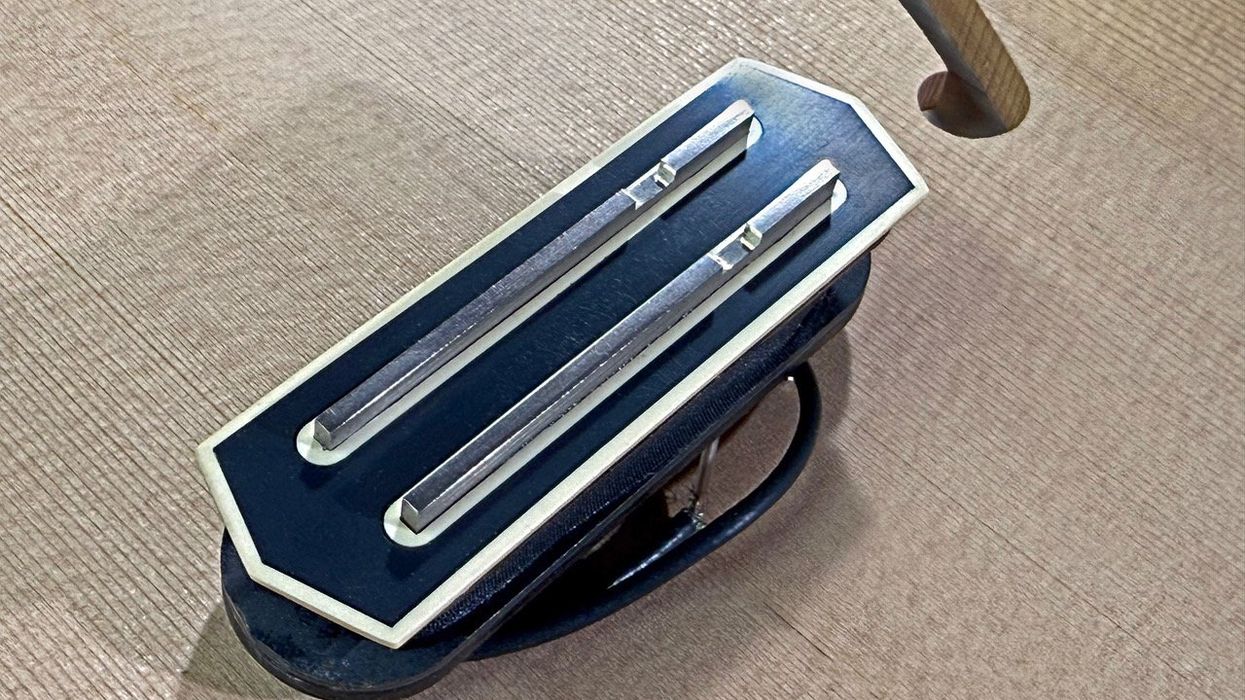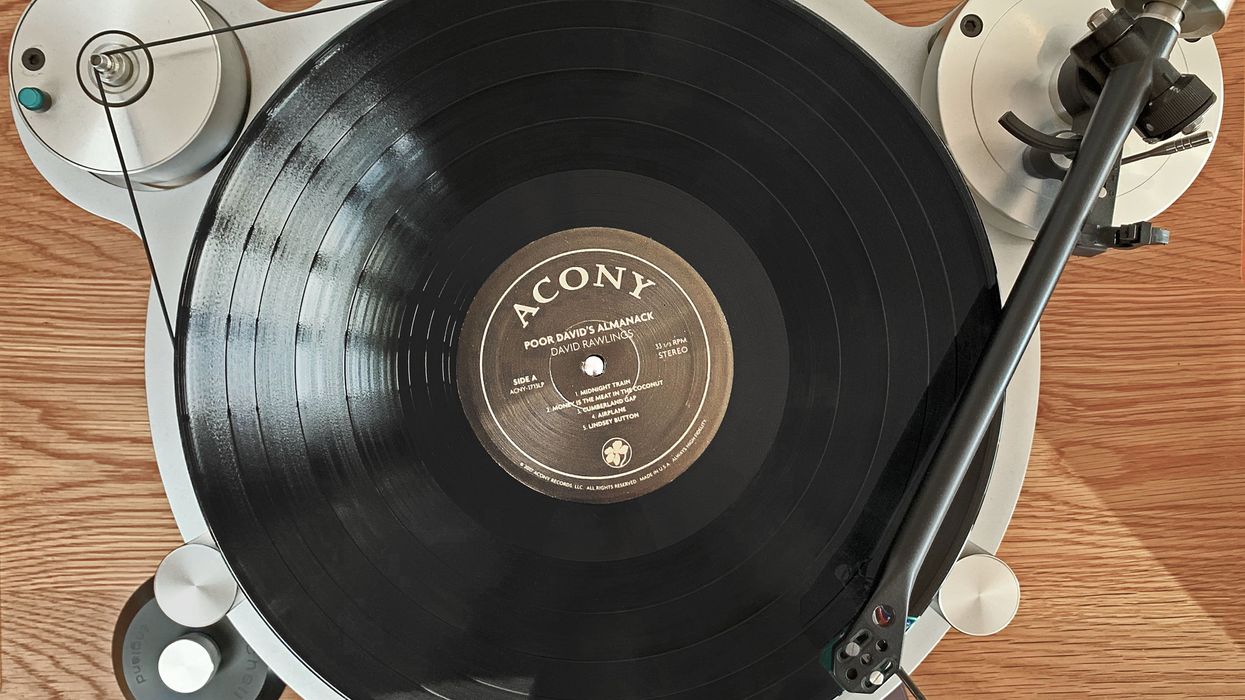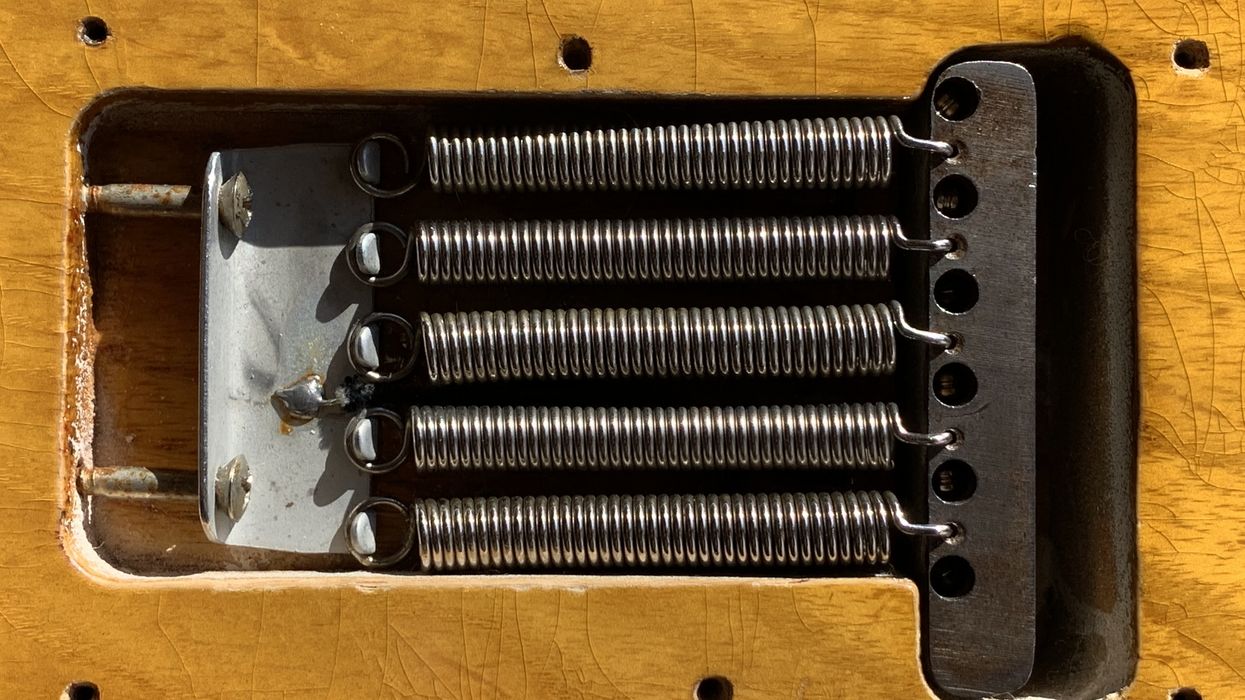The business of designing and building musical instruments requires patience, especially when starting from scratch. It's true that not every guitar model ever produced has hit the mark. Even the celebrated Leo Fender had a few duds in his lineup. Still, there's a huge amount of sweat that goes into every design.
I've spent weeks evaluating pickups for a single model, and infinite hours auditioning wood, hardware, pots, and tone capacitors. The larger companies relentlessly prototype ideas to fine-tune their outcomes. I've been part of focus-group blindfold tests with first-call studio musicians and other working pros. This kind of scrutiny leads to endless prototyping and tweaking. Rest assured that many of these working models don't see the light of day, but meet the bandsaw instead. So, with all of the resources, experience, and knowledge builders bring to bear on their products, why do players insist on undoing all that effort?
Hack: Transitive verb meaning to cut or sever using irregular or unskillful blows.
The first hack is the deepest.
It begins with string gauges. Choosing your personal set is a rite of passage. Not everyone has the same touch and attack, so string companies naturally offer a multitude of string combinations. Several decades ago, manufacturers strung electrics with a standard .009 set. Then came what some refer to as the "SRV effect," and the average set for a new guitar was upped to .010s. This was primarily to make retail showroom guitars conform to the current trends (and therefore expectations) of shoppers. Today, we think nothing of personalizing our string preferences as soon as the guitar is in our possession. It's sort of like cinching up your belt on a pair of pants.
Setting yourself up.
Guitar factories are like big sausage-making plants, and somebody's got to tie the string. As your instrument comes down the conveyor, its last stop before the case and cardboard box is the setup bench. At this juncture, an employee has less than 20 minutes to put strings on your guitar, tune it, set the string height, maybe cut the nut slots a little deeper, and adjust the intonation.
Warning: This could be the first toke of lifelong addiction to understanding the nuances of coil winding and magnet composition.
People who do this day in and day out get very good at it, but the clock is ticking, so it won't be perfect every time. A more laborious, expert setup is an upgrade worth paying for. Even when you buy used or vintage, it's a good idea. Just be certain that your repair person understands your preferences and style of playing.
Chasing the dragon.
Once the new wears off, you may opt for some different pickups from the bobbin jockey of your choice. Warning: This could be the first toke of lifelong addiction to understanding the nuances of coil winding and magnet composition. I'm not saying that pickups don't make a difference. I've spent a lot of time swapping pickups as part of my job, but you might not want to make it your life's work.
One sure bet is that if your guitar costs under $2,000, you'll probably be buying some upgrade pickups—most any of which will be better than the originals. Despite the focus groups, I actually heard a marketing guy say, "Who cares what we put in there; the customer is going to change it anyway." He also called customer upgrades "putting their own stink on it." Remember: There is a lot of emphasis for a guitar to have its original parts when it's for sale, so always hang on to the old ones.
Building a relationship.
If you ask my wife, she'll tell you I've modified almost everything in our home. I can't count the times when I've barely gotten a new tool or appliance out of the packaging before I'm taking it apart to make it better, or I should say, "more to my liking." After a lifetime of building, repairing, and manufacturing stuff, my eyes are trained to see where corners have been cut and avenues for improvement. Yet, guitars are notoriously impervious to my glare.
I have vintage instruments that need a string change, and I play daily on a guitar that could have used a fret job years ago. I think of guitars as tools, but also as old friends whose personalities I've come to love, warts and all. I don't try to engineer them into Stepford Wives or Swiss Army knives. Despite your temptation to single-handedly support the engine of the economy, I suggest spending lots of time with your guitar the way it is instead. I may be pissing into the wind here, but get to know, understand, and appreciate what it has to offer before you attempt to hack it into your dream date. You can buy some fancy capacitors as an anniversary present later.
[Updated 7/28/21]





